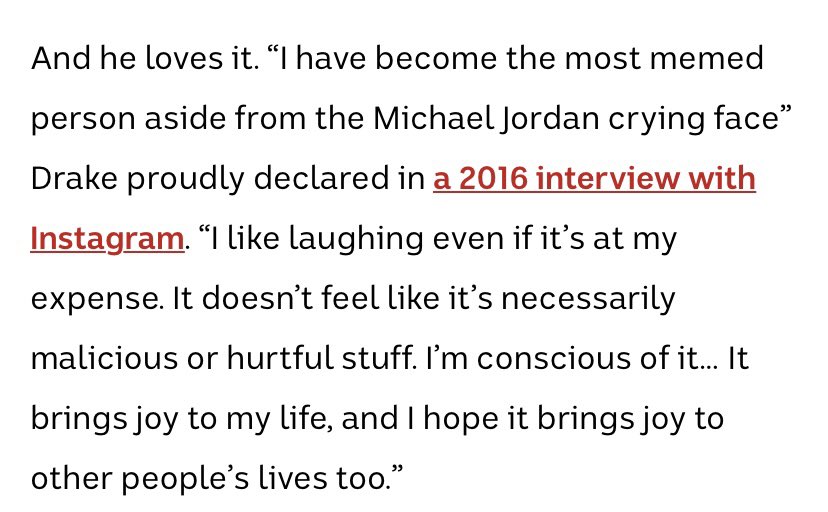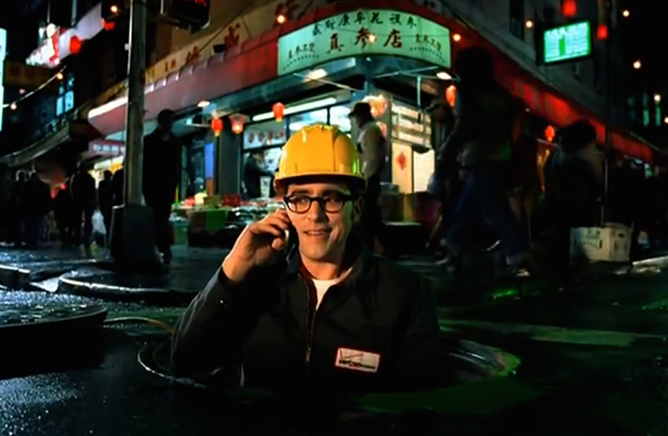
The What, Why, And How Of Building A Minimum Viable Audience 🧵
1. What is a Minimum Viable Audience?
Coined by Seth Godin, an MVA is “the smallest group that could possibly sustain you in your work.”
An MVA zooms into an existing market with a big audience and finds a subset of people who have needs unmet by an existing company/creator.
Coined by Seth Godin, an MVA is “the smallest group that could possibly sustain you in your work.”
An MVA zooms into an existing market with a big audience and finds a subset of people who have needs unmet by an existing company/creator.
Your MVA is the small group of people who love what you're doing and why you're doing it.
They believe in you.
They communicate with you.
They trust you.
If you went missing -- they'd notice.
Your MVA will help find your unique position in this world full of noise.
They believe in you.
They communicate with you.
They trust you.
If you went missing -- they'd notice.
Your MVA will help find your unique position in this world full of noise.
2. Why a Minimum Viable Audience?
Godin states, “Don’t find customers for your products, find products for your customers.”
An MVA makes this possible.
By establishing your MVA you can work on creating an amazing product/content for a small group...
Godin states, “Don’t find customers for your products, find products for your customers.”
An MVA makes this possible.
By establishing your MVA you can work on creating an amazing product/content for a small group...
...instead of an average content/product for a large group.
Why does this work?
Because creating a meaningful solution comes from first starting specific.
By starting specific you can understand the needs, wants, and desires of an audience.
Why does this work?
Because creating a meaningful solution comes from first starting specific.
By starting specific you can understand the needs, wants, and desires of an audience.
This gives you the info needed to create the right products/or content that will be useful to your audience.
Its market research.
You create -- they react.
They pay attention to you -- you pay attention to them.
Its market research.
You create -- they react.
They pay attention to you -- you pay attention to them.
This constant feedback loop will help you understand the market you’re serving and how others are not.
By focusing on the needs of your MVA, you’ll learn not only what solution to create, but the BEST solution to create.
By focusing on the needs of your MVA, you’ll learn not only what solution to create, but the BEST solution to create.
3. How To Start Building A Minimum Viable Audience?
Content.
People consume content relative to their interests.
This makes it the perfect gateway to creating an MVA.
The constant loop between distributing content and consuming content is the key to forging a relationship.
Content.
People consume content relative to their interests.
This makes it the perfect gateway to creating an MVA.
The constant loop between distributing content and consuming content is the key to forging a relationship.
By creating content around a micro-niche you:
- create a steady stream of people who consume your content
- understand their needs, problems, and desires
- build rapport by consistently showing up
- develop a meaningful relationship
- create deeper value than others
- create a steady stream of people who consume your content
- understand their needs, problems, and desires
- build rapport by consistently showing up
- develop a meaningful relationship
- create deeper value than others
Your MVA’s engagement and feedback will teach you how to communicate and what to create.
Seth Godin says, “When you have your eyes firmly focused on the MVA, you will double down on all the changes you seek to make. Your quality, your story, and your impact will all get better.”
Seth Godin says, “When you have your eyes firmly focused on the MVA, you will double down on all the changes you seek to make. Your quality, your story, and your impact will all get better.”
4. Airbnb's MVA
Airbnb started small.
When talking about Airbnb’s first days, Brian Chesky said, “It was better to have 100 people who love us vs. 1 million people who liked us. All movements grow that way.”
Airbnb started small.
When talking about Airbnb’s first days, Brian Chesky said, “It was better to have 100 people who love us vs. 1 million people who liked us. All movements grow that way.”
Getting those first 100 customers who loved Airbnb taught Airbnb what to create for the 1 million people in the future.
Airbnb:
- Started with a small group of people
- Learned about all the problems they faced
(continued)
Airbnb:
- Started with a small group of people
- Learned about all the problems they faced
(continued)
- Created the best solution to those problems
- Scaled their proposition to a larger market
Their MVA gave them the insight to create the best option for a specific market.
Now, Airbnb is worth more than the 3 largest hotel chains combined.
It all started with the first 100.
- Scaled their proposition to a larger market
Their MVA gave them the insight to create the best option for a specific market.
Now, Airbnb is worth more than the 3 largest hotel chains combined.
It all started with the first 100.
Want more breakdowns, how-tos, and why-tos on your feed? Then make sure to follow @alexgarcia_atx because I'm doing one for the next 36 days.
If you rather get it in your inbox, then 👇
bit.ly/3flYp6b
If you rather get it in your inbox, then 👇
bit.ly/3flYp6b
Takeaways:
1. Find the smallest group of ppl who love what you do or talk about
2. Obsess over them
3. Continue to create to delight them
4. Find the unmet problems they face
5. Create the solution
6. Scale it
1. Find the smallest group of ppl who love what you do or talk about
2. Obsess over them
3. Continue to create to delight them
4. Find the unmet problems they face
5. Create the solution
6. Scale it
• • •
Missing some Tweet in this thread? You can try to
force a refresh






